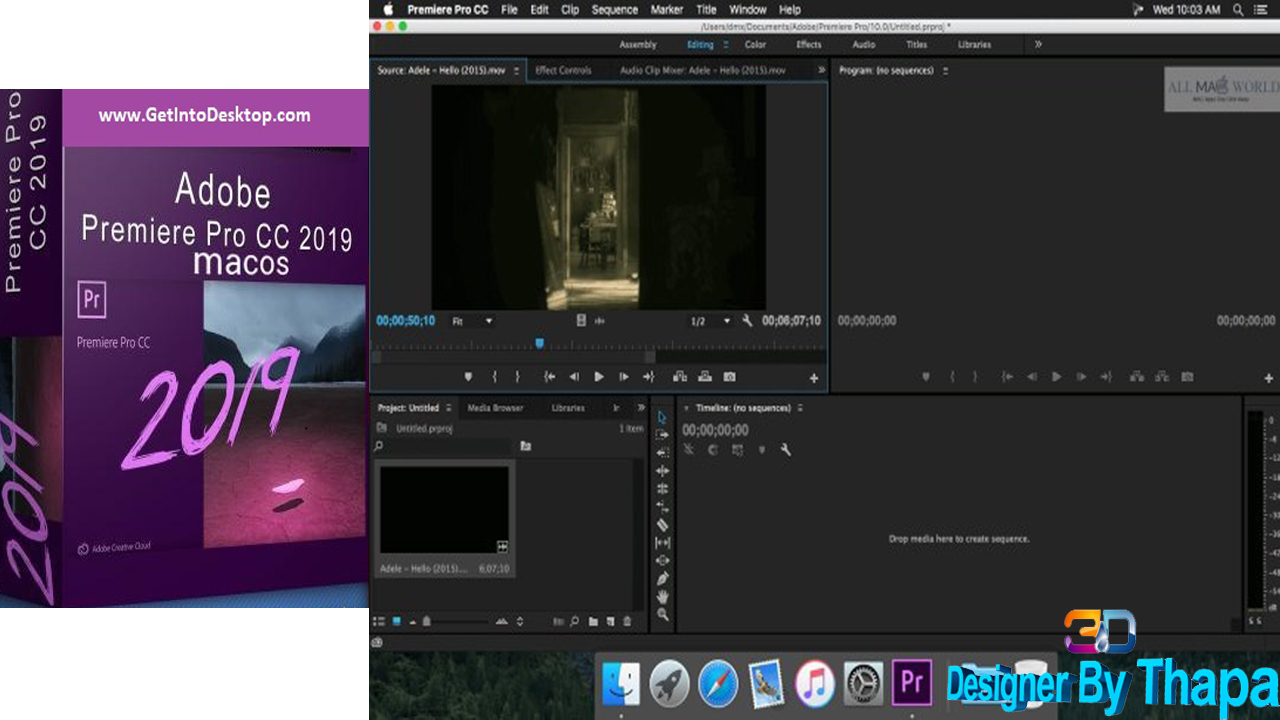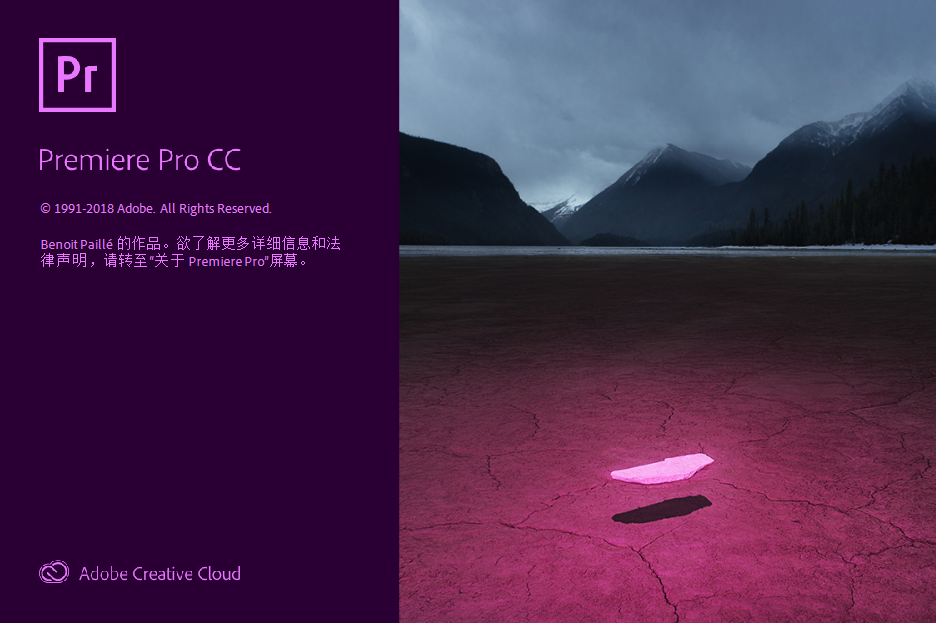
Like the large polygonal and vector tools in the program, which can be more useful on a certain occasion than the simple painting tools. Once we're there, we can start thinking about when to use other tools. In the next two tutorials we'll cover the basic tools we use every day. This is the first of a three-part installment for the premiere 10. But if you have a little dedication and some simple practices, it can be a powerful tool. This is where the theme of this guide comes in. It's not always as user-friendly as you'd like (and it can be positively daunting to start). As with all editing software over the years, though, it's not flawless. It's still my preferred editor for most projects. Premiere pro has been at the heart of my multimedia productions for a long time now. You can either edit the clips in premiere pro, or if you've shot a shoot with relevant footage, you can import or add clips. "At the heart of any premiere project lies a series of audio and video clips. That way I never have to deal with plugins crashing etc. It does double up on resources at first, but once I remove the old tracks I lock sync and go.

I can always copy any previous work over the top of an imported sequence, and it will be in sync.

I always use shooter suite in AE only, and plural eyes I open myself, sync then import. I don't use the panel version of plural eyes or redgiant in premiere.

After that, you should be able to run it just fine.


 0 kommentar(er)
0 kommentar(er)
